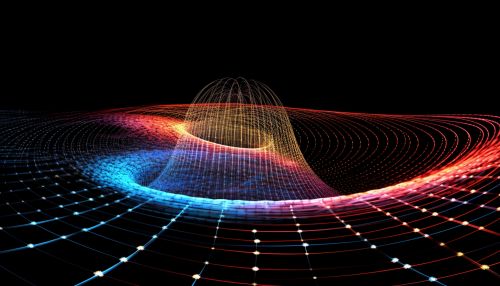Nonlinear Systems
Introduction
Nonlinear systems are mathematical models that represent complex phenomena in various fields such as physics, engineering, and economics. Unlike linear systems, which are characterized by proportionality and superposition, nonlinear systems exhibit properties that cannot be expressed as the sum of the properties of its parts. This article delves into the intricacies of nonlinear systems, their characteristics, and their applications in various fields.
Definition and Characteristics
A nonlinear system, in the simplest terms, is a system in which the output is not directly proportional to the input. In mathematical terms, a system is said to be nonlinear if it cannot be represented by a linear equation or a set of linear equations. This nonlinearity can arise due to various factors such as multiplicative interactions, power laws, or feedback loops.
The most distinguishing characteristic of a nonlinear system is that the principle of superposition does not hold. This means that the response of a nonlinear system to a combination of inputs is not equal to the sum of the responses to the individual inputs. This property leads to complex behaviors such as chaos, bifurcations, and limit cycles, which are not observed in linear systems.
Types of Nonlinear Systems
Nonlinear systems can be broadly classified into two types: continuous and discrete.
Continuous nonlinear systems are described by differential equations and are characterized by a continuous change in the state variables over time. These systems are commonly observed in fields such as fluid dynamics, chemical reactions, and biological systems.
Discrete nonlinear systems, on the other hand, are described by difference equations and exhibit changes in state variables at discrete points in time. These systems are prevalent in digital signal processing, population dynamics, and economic models.
Analysis of Nonlinear Systems
The analysis of nonlinear systems is a complex task due to the absence of general methods that apply to all types of nonlinear systems. However, several techniques have been developed to analyze specific classes of nonlinear systems.
One such technique is the phase plane analysis, which is used to analyze two-dimensional autonomous systems. This method involves plotting the state variables against each other to visualize the system's behavior over time.
Another technique is the Lyapunov stability analysis, which is used to determine the stability of a system's equilibrium points. This method involves constructing a Lyapunov function, which is a scalar function of the state variables, and analyzing its behavior along the system's trajectories.
Perturbation methods are also used to analyze nonlinear systems. These methods involve introducing a small perturbation to the system and analyzing the system's response to this perturbation.
Applications of Nonlinear Systems
Nonlinear systems have wide-ranging applications in various fields. In physics, nonlinear systems are used to model phenomena such as turbulence, wave propagation, and quantum mechanics. In engineering, nonlinear systems are used in the design and analysis of control systems, power systems, and communication systems. In economics, nonlinear systems are used to model economic growth, market dynamics, and financial systems.


